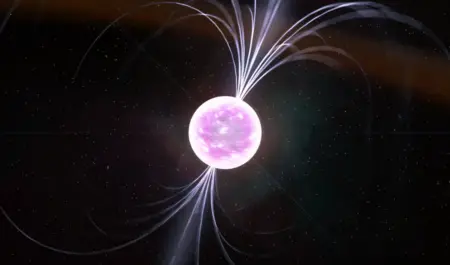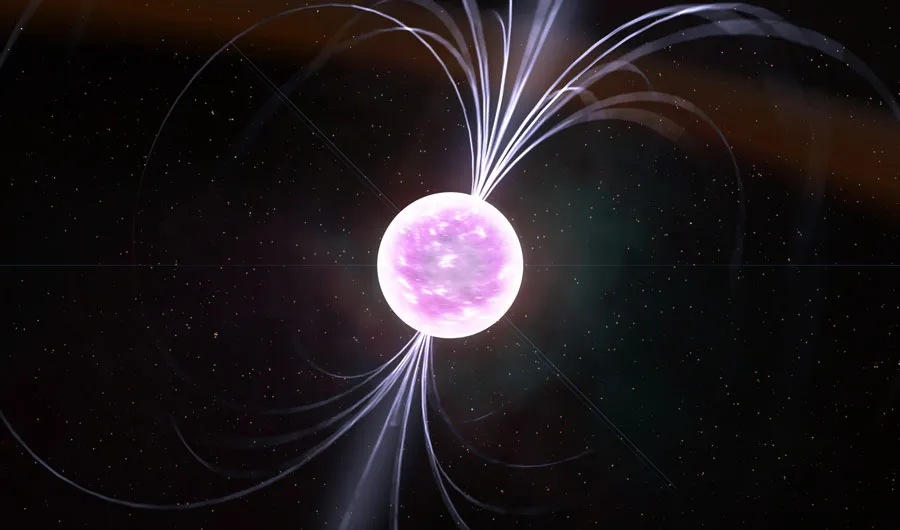Even millions of light years away, stars shine in the night sky because they are incredibly hot. Planets, in turn, tend to be much colder than these other stellar objects. In between, there are brown dwarfs, which are often a major astronomical enigma.

More massive than planets , but less than stars, these stars do not fit perfectly into either category — sometimes being called “failed stars”. However, if something fails as a star, can it one day succeed as a planet?
Mystery of brown dwarfs
In the view of the vast majority of astronomers, a star, even if failed, could never become a planet. Although this is an intriguing idea, stars and planets may even have the same basis in the way they appeared in the universe, but they are two totally different things.
Stars , and probably brown dwarfs as well, form when clouds of gas clump together under gravity . Thanks to their great mass, stars support nuclear fusion in this process, transforming hydrogen into heavier elements, such as helium, carbon and iron. Brown dwarfs are not massive enough to fuse regular hydrogen, but they can briefly fuse a heavier version of it, known as deuterium.
Just like planets, brown dwarfs also cool as they age. Many stars, however, explode when they die, scattering a bunch of other material across the universe — something that will help new stars form. This remaining material will form rocky pebbles and eventually new planets. While stars and brown dwarfs form from gas, planets form from heavier elements.
By definition, then, a star can never turn into a planet. Still, definitions have evolved over time. For many years, stars and planets were defined by their patterns of movement across the sky. Eventually, researchers discovered that planets revolved around stars, and later we also discovered that stars can also orbit each other.
Scientific controversy
Brown dwarfs were only really considered as a hypothesis in the 1960s, and were observed for the first time in the 1990s. Therefore, this delay in studies further complicates traditional definitions. Therefore, some researchers see them not as failed stars, but also nothing like a kind of turbocharged planet. They are something quite peculiar.
However, the creation of a third category does not seem to capture the nuances of these celestial objects very well. Often, stars, brown dwarfs, and planets are defined by size : stars are at least 80 times the size of Jupiter, while brown dwarfs are anywhere from 12 to 80 times the mass of the same planet—the size needed for deuterium fusion.
But many celestial bodies complicate this category. Even Jupiter could get big enough to gravitationally accumulate gas on top of its rocky cores, or even fuse deuterium. Meanwhile, the coolest known brown dwarf in the world is capable of emitting radio waves, a property more often associated with stars.
Therefore, as long as these celestial bodies are defined by the way they formed, it is unlikely that a brown dwarf will ever become a planet. However, keeping in mind that these definitions are always changing, like the one that caused Pluto to be “demoted” to a dwarf planet in 2006, anything can happen in the future.
